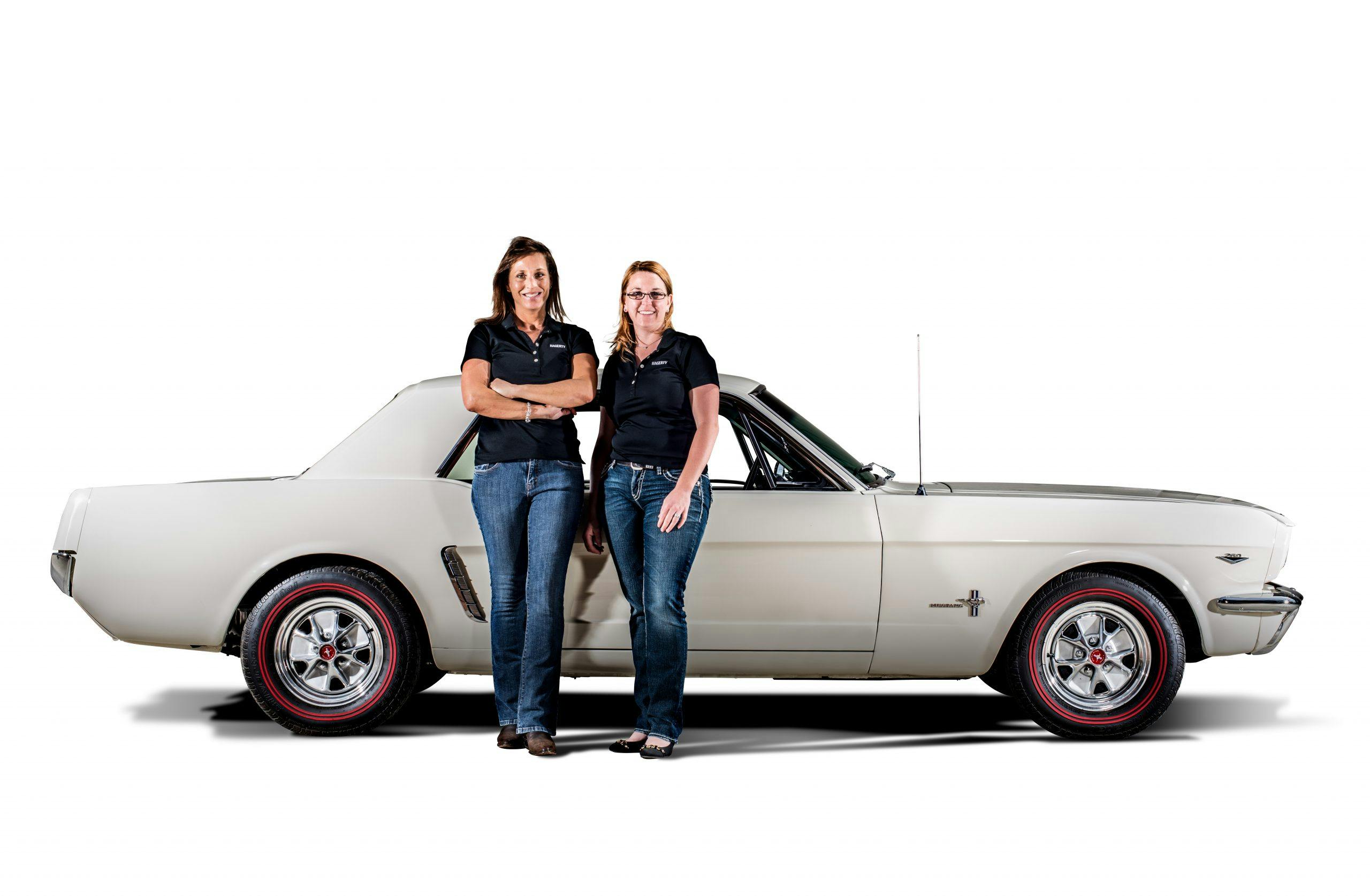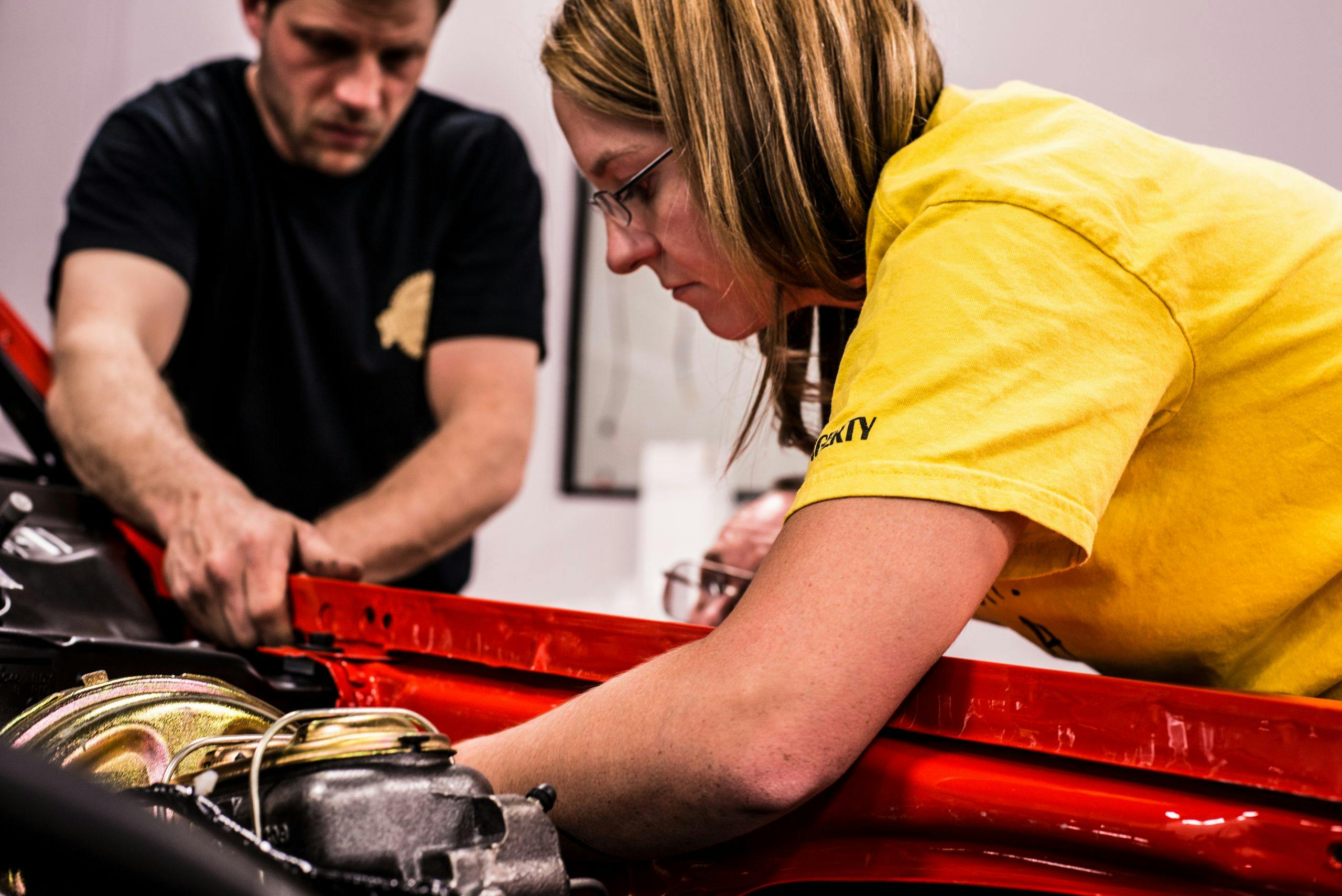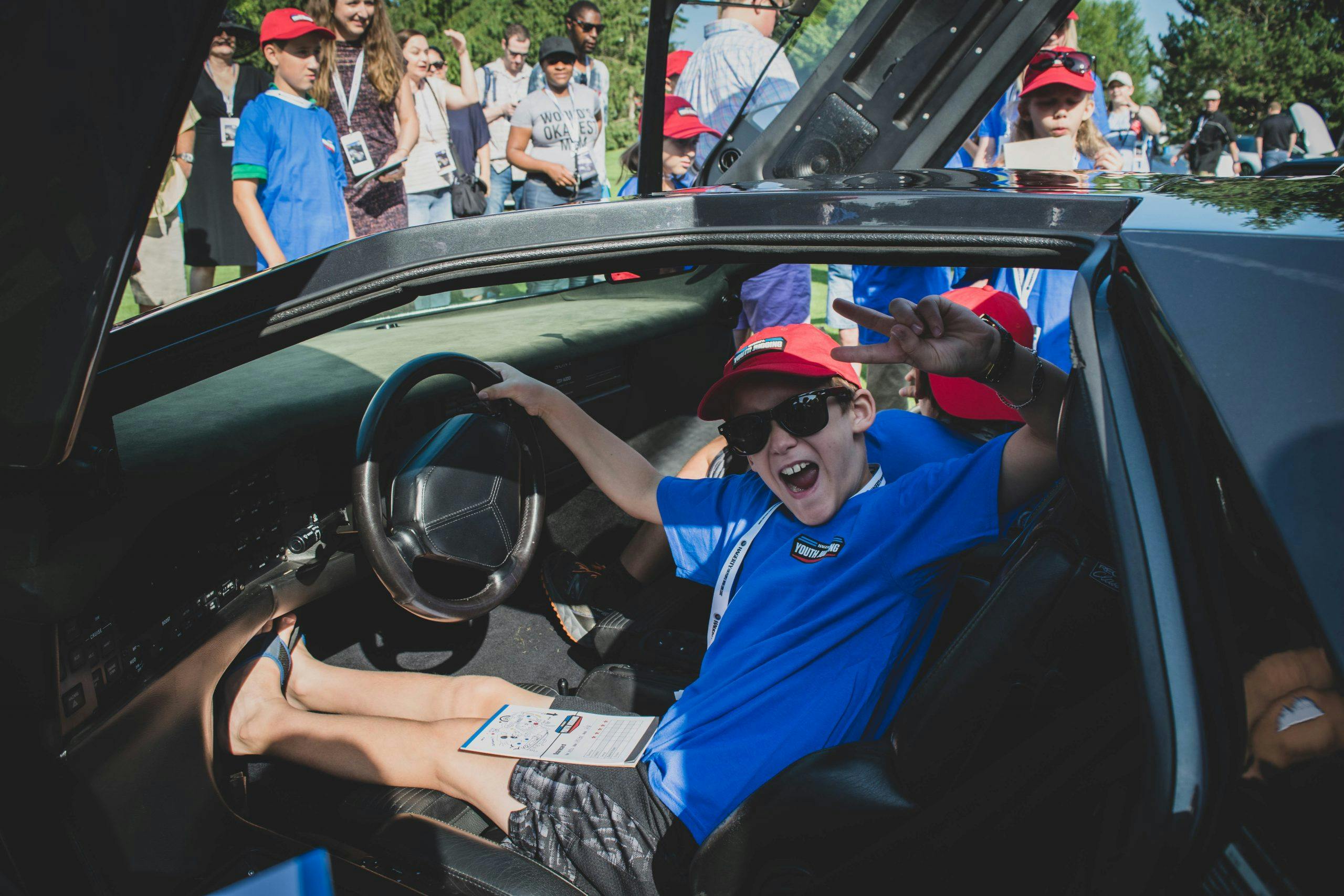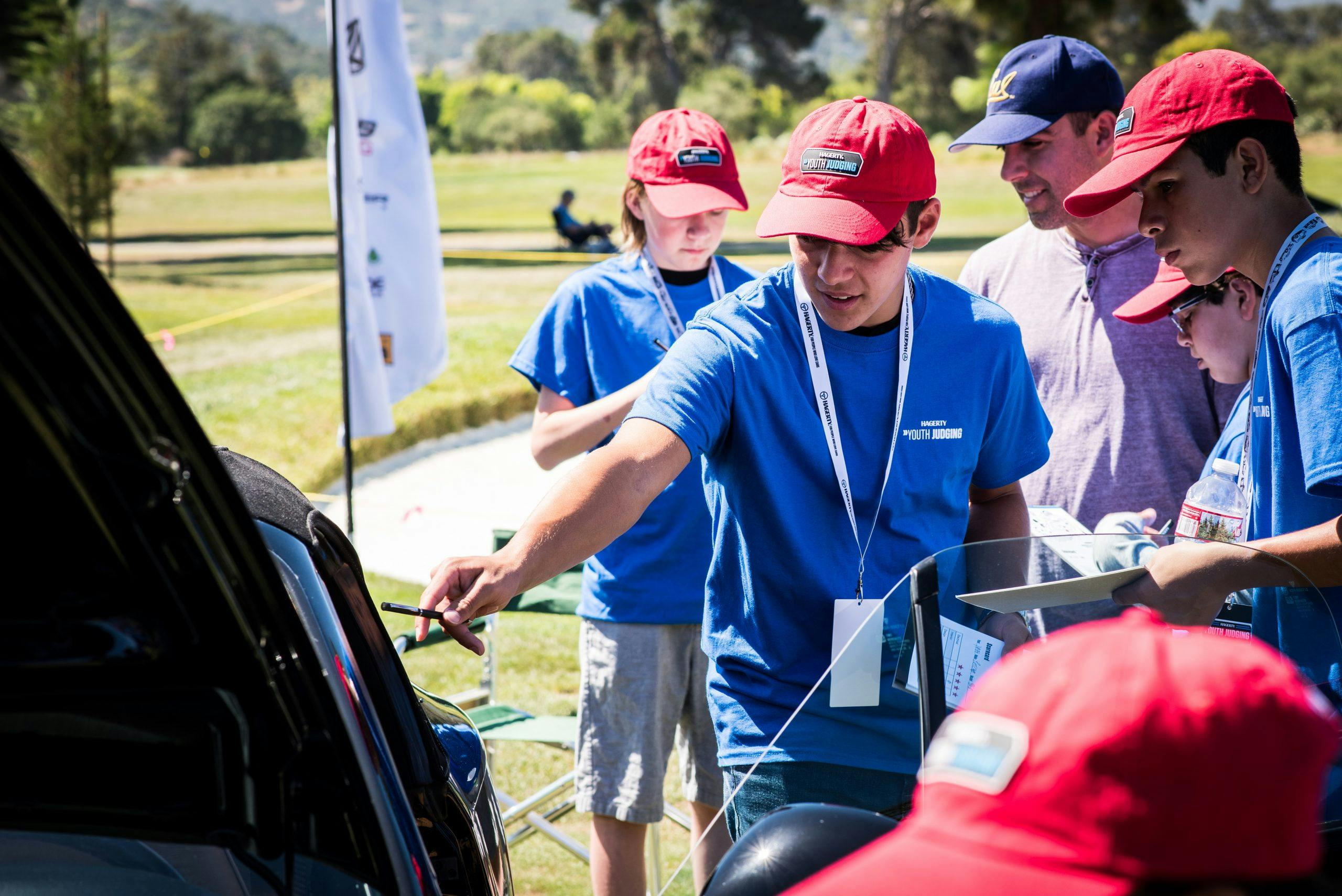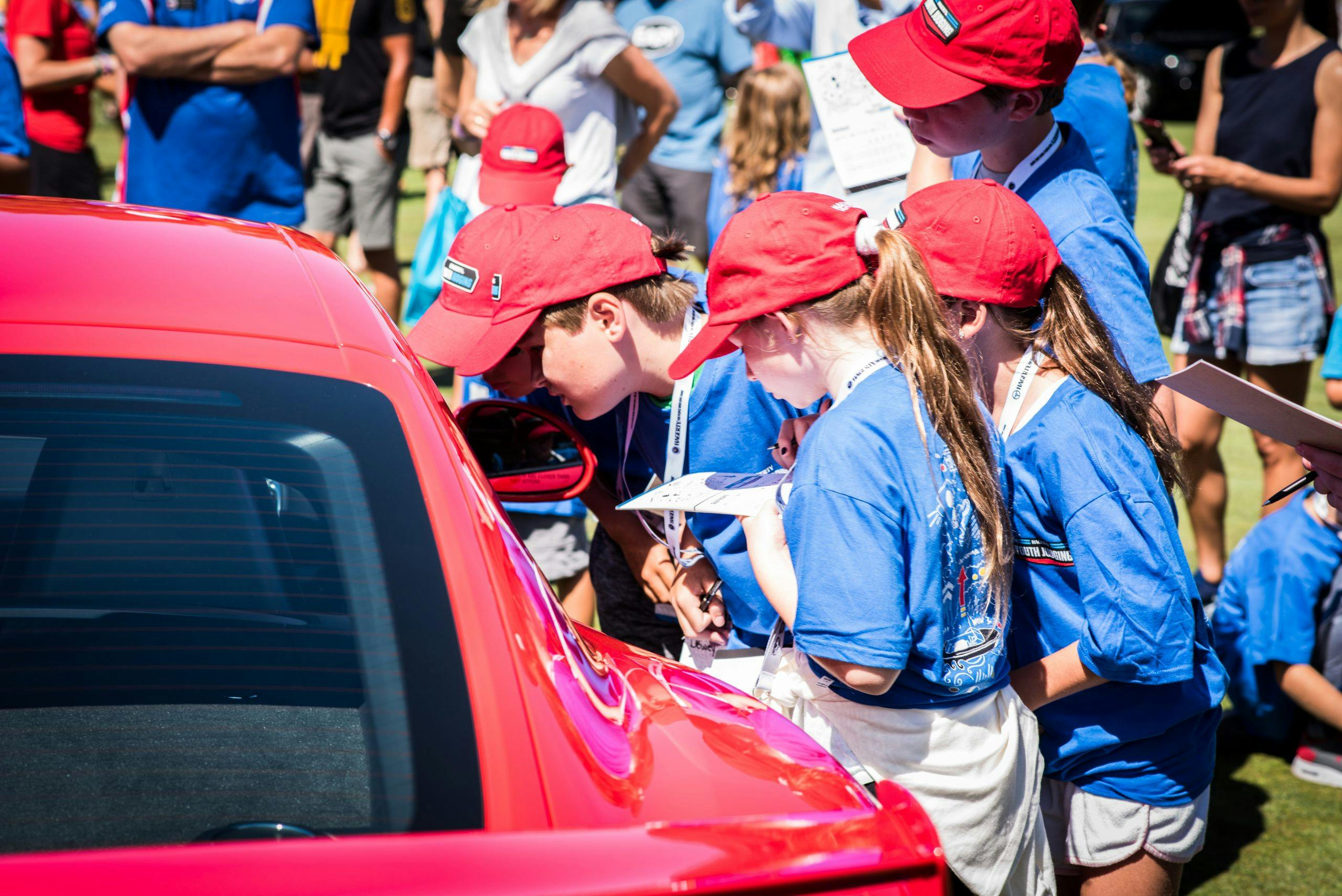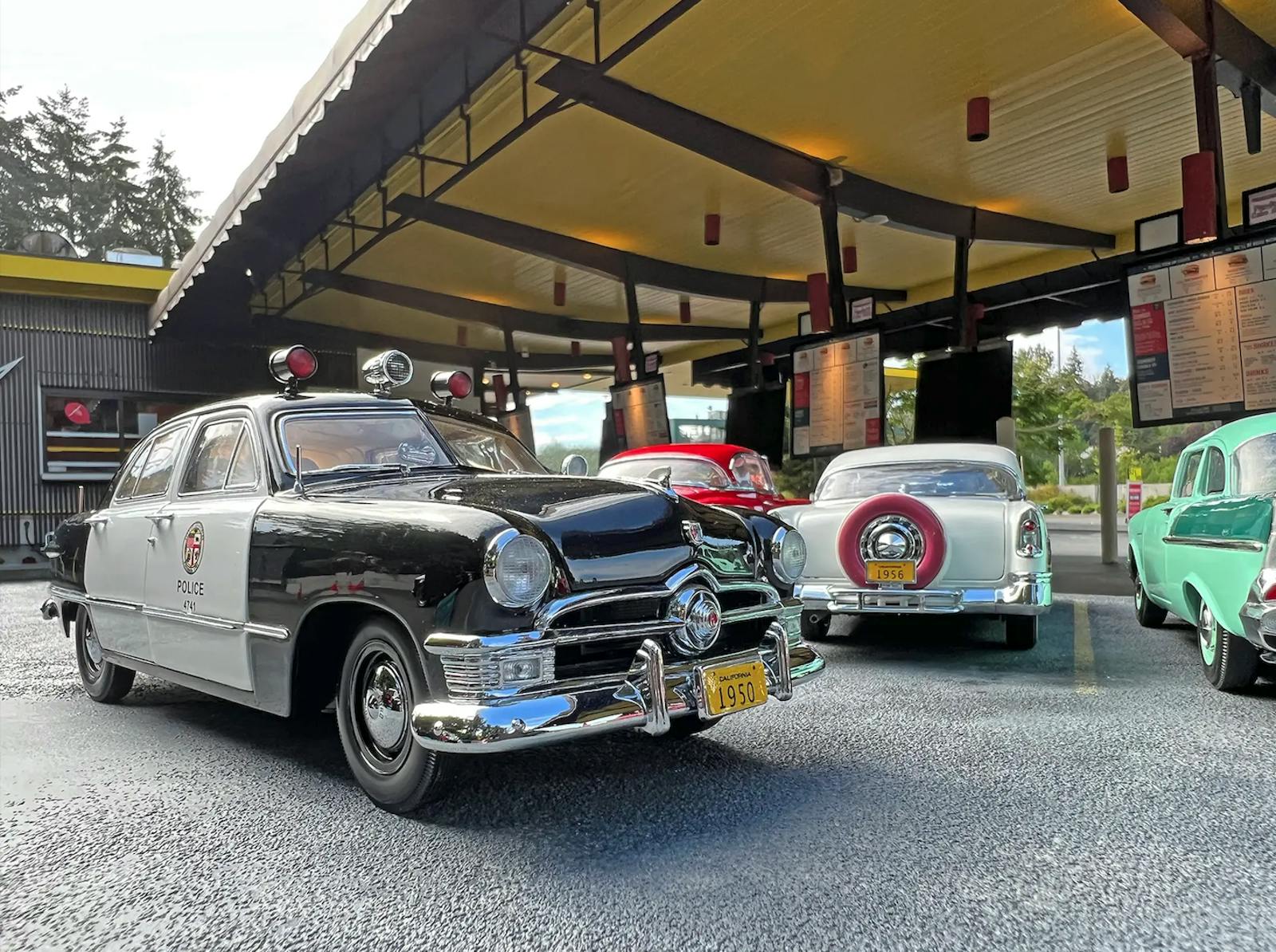These two women are fighting to save car culture coast to coast
When you think of saving car culture, you might glance out in your garage at your classic car or bike, pondering the next restoration step, perhaps, or simply planning a weekend ice cream trip with your kids.
Turning wrenches on and sharing our rides with others are essential for ensuring the future of the hobby we love. Other labors are just as crucial, however, and Diane Parker and Tabetha Hammer know that better than most. These two women are fighting on the front lines to preserve, expand, and defend the automotive community for future generations.
Tabetha Hammer—now the CEO of America’s Automotive Trust, a 501C3 not-for-profit organization based in Tacoma, Washington—never expected to work in the automotive industry. A Midwest farm kid, she grew up around her grandfather’s Model As and her father’s Willys wagons, but the Hammer family didn’t spend weekends restoring or showing the vehicles. Tabetha had a passion for education, and, in high school, set her sights on a degree in agricultural education. In her free time, she channeled her love for mechanical tinkering into vintage tractors.

Many master mechanics or craftsmen today started with lawnmowers or two-stroke engines; Hammer’s passion for taking things apart and putting them back together started with a 1928 John Deere. She learned bodywork, engine assembly, paintwork and, before she began to look for colleges, earned two national championships in tractor restoration. McPherson College, a liberal arts school in central Kansas known for its automotive restoration program, came calling. Hammer visited campus during the college’s car show weekend, “and it just fit.”
The school allowed Hammer to develop her skills in business, communication, and public relations and still get her hands greasy in the machine shop working on cars. For some, business is business and wrenching is a hobby; for Hammer, who previously spent 11 years working at Hagerty, the two have been closely intertwined. In her current role as CEO of America’s Automotive Trust, she’s a better leader because she knows firsthand the challenges of the restoration shop, whether that’s rebuilding an engine or interacting with clients. Just two weeks into her role as CEO, she found herself relying on lessons she first learned in the garage. “When you understand how something works, how something operates, you can figure out how to fix it.”
During her tenure at Hagerty, where Hammer directed the Greenwich Concours d’Elegance and headed the company’s youth programs, workshop know-how and professional tasks overlapped in a big way. When the 1964.5 Mustang she campaigned in The Great Race blew a water pump, she pulled the Ford to the side of the road, popped the hood, and replaced the part. Despite her mechanical resourcefulness and the genuine enjoyment she gets from restoration work, the most fulfilling experience of Hammer’s professional career was away from the garage.
“I helped launch a youth program in the U.K. and there’s a photo of me leading a large group of young kids out onto the show field. That is one of my favorite images, personally and professionally, because it represents so much—leading a group of passionate, young enthusiasts, building their interest, exposing them to cars, giving them the opportunity, and seeing them glow.”
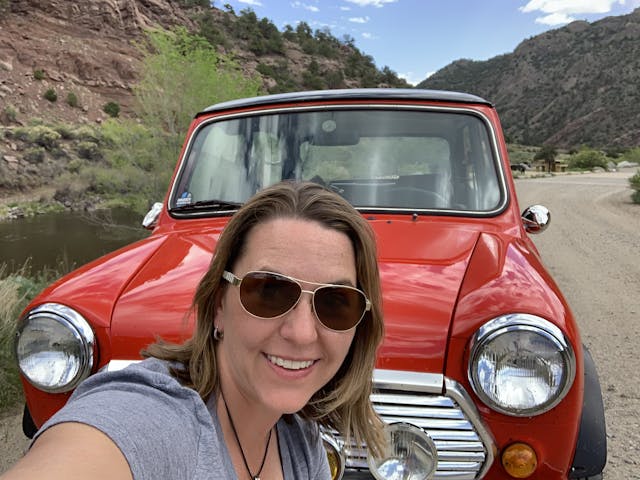
The greatest threat to car culture, in Hammer’s mind, is a failure of the collector car world to acknowledge the interest that already exists among groups that are, so the narrative often runs, lukewarm to the hobby: youth, women, ethnic minorities. Where we see it, we should support it, she says. “We just have to find that spark, the thing that interests them, and cultivate that.”
Hammer is hardly alone in the ranks of those fighting to protect and foster automotive culture in all its myriad manifestations. Diane Parker, vice president of the Allentown, Pennsylvania-based Historic Vehicle Association, shares Hammer’s determination to preserve the place of vehicles in the human experience. Parker is especially attuned to the way that automobiles can stand for things beyond themselves, as vehicles for history and relationships.

While Hammer spent her upbringing with tractors on the family farm, Diane Parker was riding in her older brother’s 1969 Corvette and tagging along with him to Maryland drag strips. The Tuxedo Black Vette bridged the age gap between Diane and her brother Dave, forging memories that convinced her of the power of an inanimate object to bind people together.
“It’s not just about the car,” she says in a 2020 podcast. “It’s about time well spent, and family time, and it’s about love.”
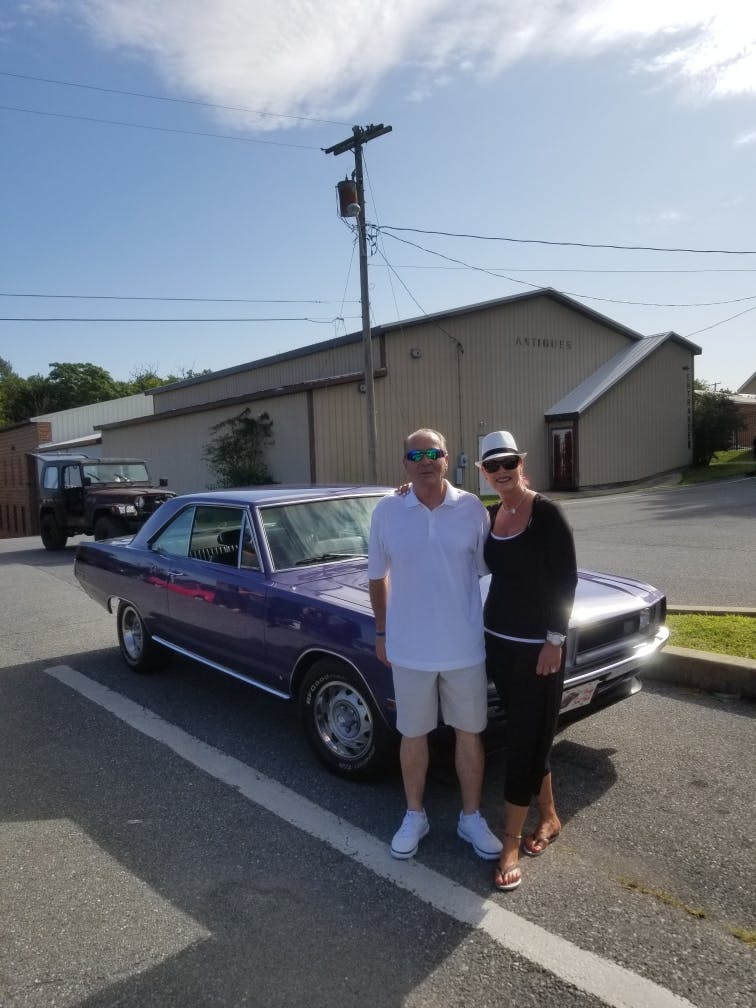
Saving car culture, for Parker, is closely linked with memory. This perspective makes her well suited for her present position at the HVA. Founded in 2009, the organization’s mission seeks to integrate the past, present, and future of automotive culture by documenting historically important vehicles in the National Historic Register—a permanent archive hosted by the Library of Congress—and hosting events, such as Cars at the Capital, that keep significant automobiles alive in popular memory.
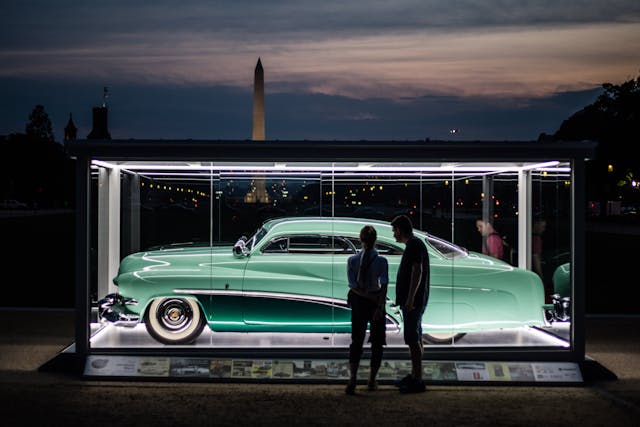
Parker seeks to ensure that the American automotive heritage is never lost or forgotten, and this means sitting down with the older generation, “before we lose them, to capture the respective histories first-hand.” In a bittersweet way, the recent passing of Bruce Meyers, the creator of the iconic Manx fiberglass dune buggy, stands as testament to the work of the HVA.
“We were able to capture the history of Old Red, have the vehicle scanned and photographed for the National Historic Vehicle register. In addition, we were able to interview and video Bruce to [let him] tell the tale in his own words,” Parker says. “It is priceless to have these histories reside within the Library of Congress for future generations.”
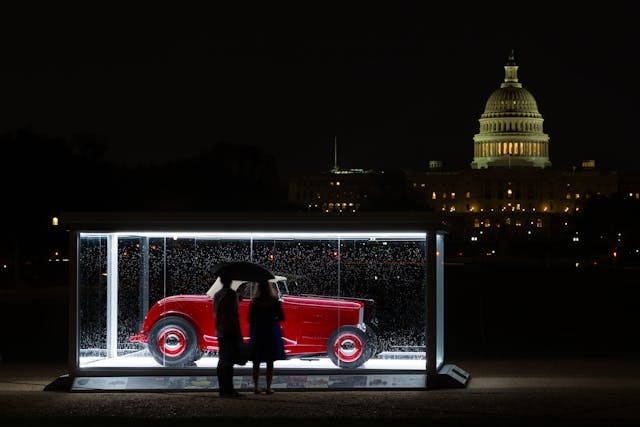
Parker is also passionate about inspirational leadership and strategic management, skills that help boost her advocacy for the automobile’s importance to American culture. Like Hammer, Parker realizes that preserving automotive enthusiasm requires a genuine openness to different sorts of people and different sorts of cars. Keeping car culture alive “will take an understanding cross-generationally that not everyone experiences [it] in the same way,” Parker says. “Some prefer concours events, cars and coffee, or a long drive in their car; others prefer car clubs, social media outlets, or video games.
“Car culture is a way of life—shared behaviors that bring us together. Our greatest hope for keeping car culture alive is to embrace all the different ways we enjoy it, and ensure all are welcome.”
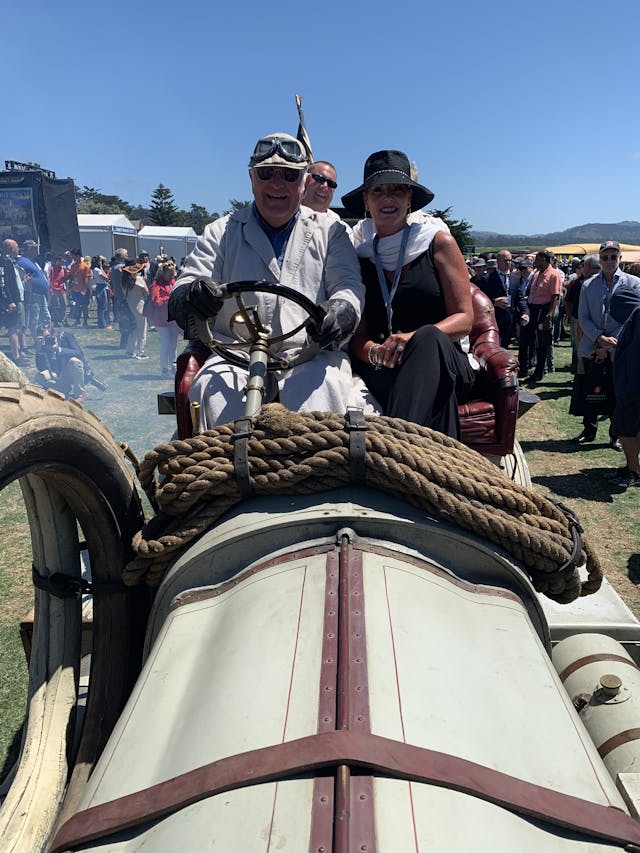
Hammer echoes the sentiment, urging the established automotive community to be aware of how their actions affect others:
“I truly believe that there’s a lot of young people interested in cars, [but] they may not be interested in the same cars and participate in the same way as the average car guy, and therefore they’re somewhat discounted by the ‘typical’ collector car world. I think that’s the worst thing we can possibly do.
“I don’t care if that kid has a tuner that’s so slammed to the ground you can’t tell how they drive it, and obnoxious music, and lights. It takes a whole lot of creativity, passion, and work to build any project—tuner, restomod, or coachbuilt car.”

Communicators and advocates like Hammer and Parker set a fantastic example for how to help car culture thrive. Having conversations is an integral part of preserving our automotive past, and it’s also the most honest, human way of preserving our hobby’s future. You may not run across Mario Andretti or Ian Callum at your local car meet, but you can walk over to another enthusiast—maybe that gangly guy standing in the corner next a modified Acura Integra, or that young woman with the ratty Land Rover—and ask to hear their story. That’s truly how we stay connected.
